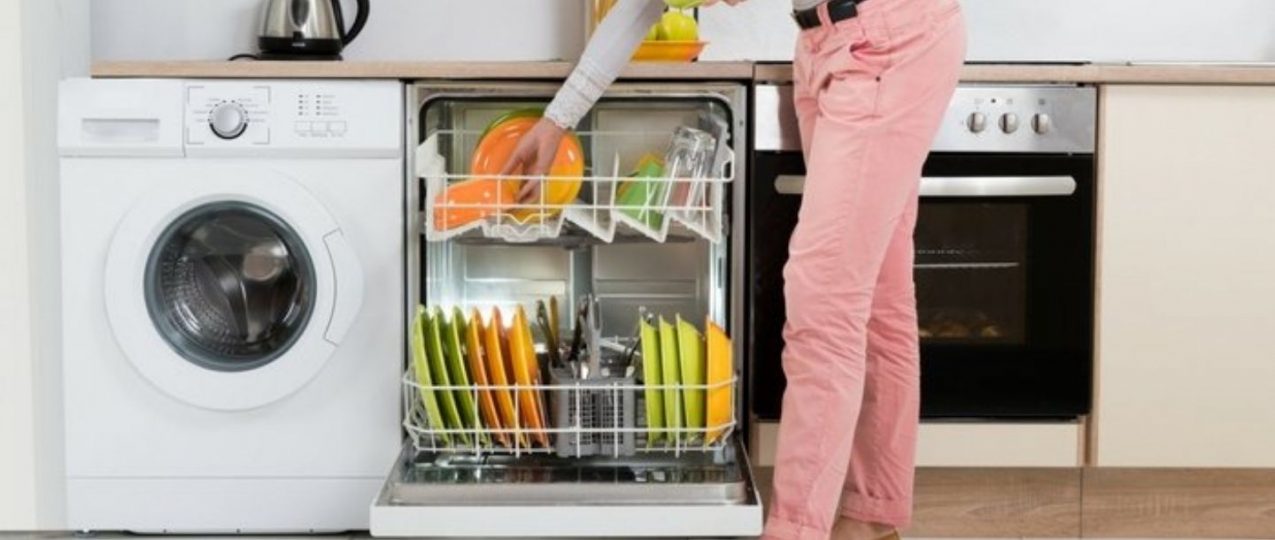
The Correct Way to Load Dishes in Your Dishwasher
By LocalXR
A dishwasher is a great appliance but for most people using the dishwasher is a nightmare. There’s always some problem: broken china, dirty plates, or oily bowls. Not anymore! Here’s the proper way to load your dishwasher so that you get the best washing.
Before you load:
- Scrape off food particles from your plate.
- Rinse off dried food particles so that they don’t get stuck in your dishwasher. You don’t need to pre-rinse your dishes.
Bottom rack:
- Insert your plates in their allotted slots facing towards the center. The water jets spray water outwards from the center, and your plates will wash easily.
- Place your bigger pots and pans, face down in the bottom rack.
- Arrange extra large dishes like frying pans, baking trays and cutting boards on the outer side of the bottom rack.
- Put your bigger cutlery like serving spoons and spatulas in here as well.
Top rack:
- Place your cups and glasses, face down, on the top rack of your dishwasher. Make sure they are between the tiles, and not over them.
- Stack your bowls, face down and at a slight incline so that they don’t fill with water.
- Stack your dishwasher-safe plastics on the top rack as well. Most dishwashers have their heating element at the bottom, so keep your plastics away from the heat to ensure they don’t melt or warp.
Cutlery:
- Load your butter knives and serving knives — face down, for safety’s sake.
- Load in your spoons here as well. It doesn’t matter whether they face down or up, just be careful not to overload your cutlery tray.
After you load:
- Make sure that none of the dishes touch each other. Your dishes may vibrate during the washing process and might chip and break.
- Don’t over crowd your dishwasher. Arrange your dishes loosely to ensure proper cleaning.
Soap:
- Make sure you use dishwasher-specific soap powder. Regular soap powder doesn’t wash off as easily and will leave soap suds in your dishes and kitchen.
- Adding a rinse agent is optional (it goes in the open container), but if you have hard water, it’s better to add a proper rinsing agent.
Before starting the dishwasher:
Run your sink with hot water in the garbage disposal to drain away debris. Once your garbage disposal is clear, your dishwasher fills in with hot water.
“When the dishwasher starts its cycle with hot water, it uses much less energy.”
Follow these steps to get sparkling dishes every time. Doing the dishes will feel less like a chore.